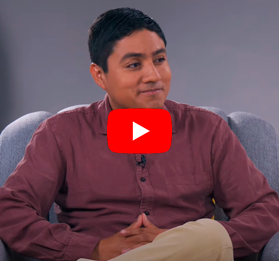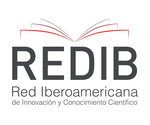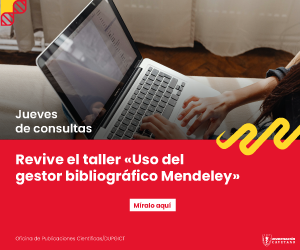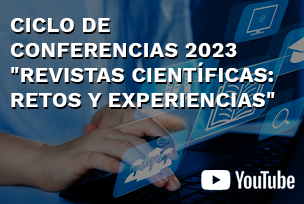Kinesio taping as a complementary tool to respiratory therapy adults with asthma
DOI:
https://doi.org/10.20453/rhr.v2i1.3691Abstract
Objective: Determine the effect of neuromuscular bandage (VNM) as a complementary tool to respiratory therapy in adults with asthma, on physiological respiratory parameters (heart rate, respiratory rate, oxygen saturation and respiratory pattern) and spirometry (vital capacity, expiratory flow) maximum, forced expiratory volume). Material and methods: Observational, comparative, longitudinal and prospective study. We included 40 adult asthmatic patients treated in the Cardiorespiratory Rehabilitation program of a general hospital, who received conventional respiratory therapy, selecting for convenience 20 patients to whom the VNM was additionally applied and 20 to those who did not. Results: The group that received VNM had greater improvement in spirometric parameters vital capacity (VC), forced expiratory volume to the first second (FEV1) and forced expiratory flow (PEF) (p <0.01), as well as greater increase in SO2 (p <0.01), compared to those who did not. In the respiratory physiological parameters heart rate (HR) and respiratory rate (FR) significant differences were found (p <0.01). Likewise, 100% of patients in the group that received VNM improved their respiratory pattern from thoracic to diaphragmatic compared to 75% of the group that did not receive NOM (Fisher’s exact test = 7.059, p = 0.01). Conclusions: VNM has shown a beneficial effect in the population studied as a complementary tool to respiratory therapy in asthmatic patients. It is recommended to carry out more studies related to the application of this technique in asthmatic patients as a complement to respiratory physiotherapy, which evaluate the efficacy and safety according to severity and age groups.
Downloads
Published
How to Cite
Issue
Section
License
All articles published in the Revista Herediana de Rehabilitación are under a Creative Commons Reconocimiento 4.0 International license.
The authors retain the copyright and grant the journal the right of first publication, with the work registered with the Creative Commons License, which allows third parties to use what is published whenever they mention the authorship of the work, and to the first publication in this magazine.
Authors can make other independent and additional contractual agreements for the non-exclusive distribution of the version published in this journal, provided they clearly indicate that the work was published in this journal.
The authors can file in the repository of their institution:
The research work or thesis of degree from which the published article derives.
The pre-print version: the version prior to peer review.
The Post-print version: final version after peer review.
The definitive version or final version created by the publisher for publication.











 Esta obra está bajo una
Esta obra está bajo una 